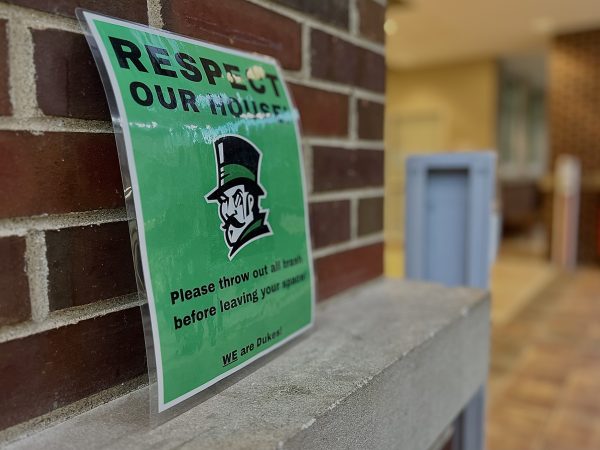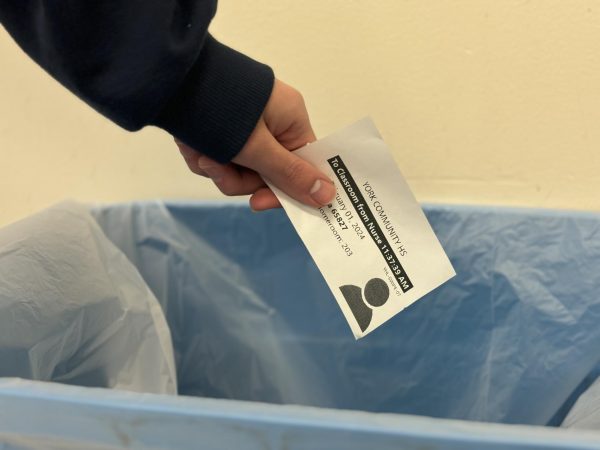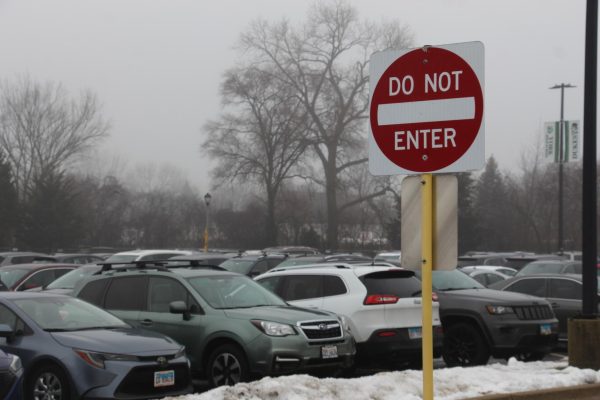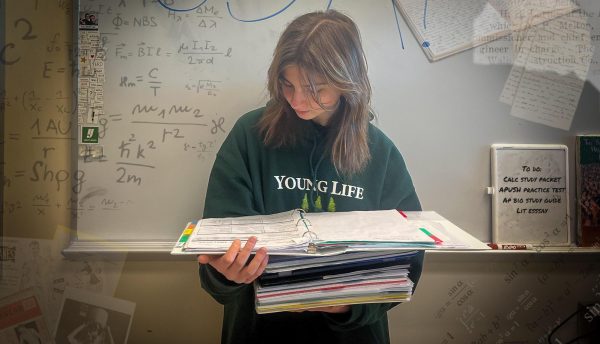State to make changes to standardized testing
By the 2014-2015 school year, prepare for a complete overhaul of York’s current testing format. Partnership for Assessment of Readiness for College and Careers, or PARCC, will be replacing ISAT for third- through eighth-graders, and replacing PSAE for ninth- through eleventh-graders. So far, 17 states plus the District of Columbia have signed on to use PARCC. This brand-new exam raises some important questions.
Why is it changing?
About four years ago, Illinois, along with 46 other states, adopted a set of learning standards known as Common Core. Students have taken exams like the ISAT and the PSAE in the past, but “when we as a state transitioned to the Common Core, we had to have a different assessment because the Illinois assessment didn’t measure the Common Core,” said Assistant Principal for Curriculum and Instruction Dr. Covino. Thus, PARCC began to be developed.
What’s it going to do?
Educational experts want to find an exam “that measures the degree to which students are achieving all of the standards in the Common Core standards.”
PARCC is an attempt to ensure Illinois schools are keeping up with the national average test scores and that our students are ready for college and careers. Overall, there is a desire to consolidate education throughout the entire country, so that “a 5th grader in Illinois should be learning the same thing as a fifth grader in California,” according to the Elmhurst 205 website.
What can people expect?
This massive change will need to happen gradually. Even though the test is designed to be taken on the computer, there will be a pen and paper version available for the first year it is administered.
The connection between PARCC scores and college admission has yet to be made; colleges still heavily use students’ ACT scores. This is why “there are a number of people,” Dr. Covino said, “who would like to see us continue to offer the ACT to all students free of charge during the school day, ensuring that everyone in the building has the opportunity to take a free ACT.”
The PARCC testing time totals to over 550 minutes, which is much longer than the 300-minute time-slots for the ISAT and PSAE. To get students ready for this amount of testing and for the actual content of the test, different material may need to be introduced into classrooms.
“We have only 17 questions as a nation to look at, so far,” said Dr. Covino.
According to York English and math teachers, the PARCC test looks “very, very difficult.”
Before committing 93 million Illinois tax dollars to this…
Superintendents and other concerned citizens plan to contact the State Board of Education with their “reservations.” Firstly, there is the question of how student and teachers’ schedules will be changed.
According to Dr. Covino, the material changes may “either take away [from] instructional time,” or affect the school day schedule so that, for example, “one day you might have English and you wouldn’t have it for the next two days.”
Another gray area is how PARCC will be scored. The District website had said that what would be considered a good score on the ACT would be considered average or below on the PARCC exam.
“We have no idea what a good score is for PARCC because it’s never been given,” Dr. Covino said. “We don’t even know what a score looks like on PARCC — a number score, or if it’s a word score, or if it says ‘proficient’ or ‘not yet proficient,’ we don’t know any of that.”
Because the value of PARCC scores is not yet known, there is worry that students may not take the test as seriously, or at least not as seriously as they take the ACT. PARCC is not connected to college admissions or GPAs, according to Dr. Covino.
“[Educators] have to think about what it is we want to tell students regarding what PARCC actually is. And we don’t have a good answer for that yet.”
There is a method to the PARCC exam’s madness. “Fewer, clearer, higher”: fewer standards, clearer standards, higher standards.
“That’s [Common Core’s] motto,” Dr. Covino said. “So when groups of very smart, well-meaning, highly educated educators got together with the backing of the U.S. Governors Association, [they all] sort of put a little stamp on this and said ‘we think it’s a good idea, and if you get it right, our state will adopt it.’”
Illinois has adopted it and is on a journey into the next biggest experiment in education.











